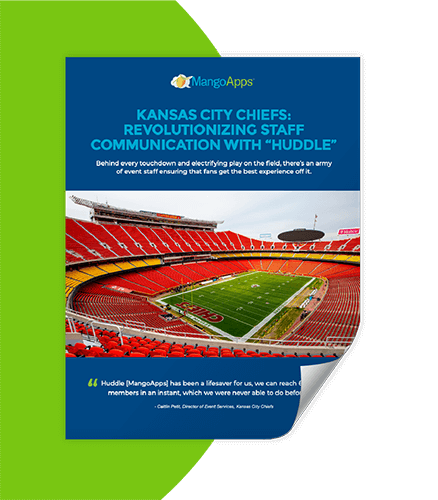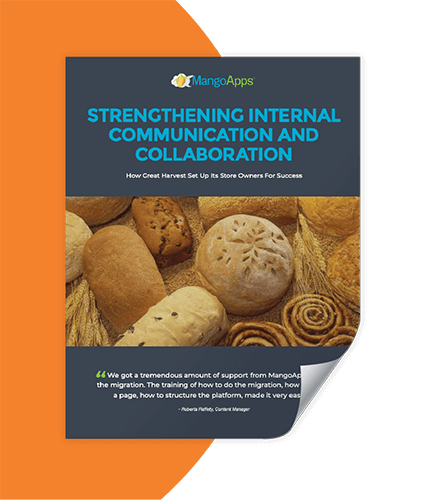Employee reward programs have become integral to fostering a positive work environment and promoting employee engagement. In this comprehensive guide, we’ll delve into the intricacies of these programs, exploring what they entail, and the reasons behind their implementation. Plus, discover the difference between rewards and recognition, uncover the myriad of benefits they cultivate, and understand how they contribute to a thriving workplace.
What Are Employee Reward Programs
Employee reward programs have become integral to fostering a positive work environment and promoting employee engagement. These structured initiatives, often coupled with robust recognition platforms, aim to acknowledge and appreciate the efforts and achievements of employees within an organization. Recognition, frequently shared internally, is coupled with redeemable points for rewards, creating a dynamic system that not only boosts morale but also improves performance and contributes to talent retention.
In the realm of employee recognition, the impact extends beyond simple acknowledgment. Key business metrics such as engagement, productivity, and retention are significantly influenced by the implementation of effective recognition programs. While the potential benefits are substantial, the key to creating a meaningful employee recognition and reward program lies in acquiring the right knowledge, meticulous planning, and allocation of resources. This guide will navigate through these essential elements, providing insights into crafting impactful programs for organizations of all sizes.

Kansas City Chiefs + MangoApps
Since their implementation of MangoApps, the Kansas City Chiefs…:
- Gained a 90% adoption rate
- Can reach 600 event staff members in an instant – never before possible.
- Inquired about adopting MangoApps for their operations teams as well.
Why Implement Employee Reward Programs
Implementing employee reward programs goes beyond mere tradition; it’s a strategic move that can significantly enhance employee morale and overall organizational success. By recognizing and appreciating the hard work of employees, organizations create a positive work culture, boost productivity, and foster a sense of loyalty among their workforce. These programs not only acknowledge individual accomplishments but also contribute to a collaborative and supportive work environment.
The aim of implementing an employee rewards and recognition program is to not only acknowledge and celebrate employee achievements but also to amplify these successes among colleagues and peers. Recognition can take various forms, including social acknowledgments or the awarding of points tied to favored behaviors. These points, in turn, empower employees to redeem rewards such as gift cards, merchandise, or unique experiences. This creates a system that not only motivates but also enriches the overall employee experience.
Recognition Examples:
- Employee of the month awards
- Milestone celebrations
- Themed appreciation days
- Project completion shoutouts
- Attendance streaks

The Difference Between Rewards and Recognition
While the terms “rewards” and “recognition” are often used interchangeably, it’s crucial to understand the nuanced differences between them. Rewards typically involve tangible incentives such as bonuses, gifts, or extra time off. On the other hand, recognition is about acknowledging an employee’s efforts and achievements through praise, awards, or public acknowledgment. Both are essential components of comprehensive employee reward programs, each playing a distinct role in motivating and appreciating employees. To easily differentiate between the two, you can think of recognition as being social and rewards as being monetary.
Social Recognition
When it comes to social recognition, acknowledgment can take various forms. Think spontaneous shout-outs during a company meeting, thoughtful thank-you messages from a manager, or even digital badges highlighting specific qualities or actions. This mode of recognition serves as a powerful tool for validating and encouraging behaviors aligned with the company culture. When social recognition becomes a regular practice, team members experience heightened pride, a greater sense of involvement, and increased enthusiasm for reciprocating recognition among their colleagues.
When crafting a social recognition plan, it is crucial to incorporate opportunities for peer-to-peer acknowledgment. The impact of recognition is most profound when it emanates from both peers and leaders. Ensuring that your employee recognition platform facilitates seamless peer-to-peer recognition empowers every team member to champion recognition, fostering a culture of inclusivity and appreciation.
Monetary Recognition
Monetary recognition encompasses tangible rewards such as salary increases, bonuses, travel opportunities, and gift cards. These rewards serve to convey appreciation for the daily efforts of employees. While personalizing these rewards enhances their impact, the quest for the perfect gift on every occasion, for every employee, can be impractical. Plus, this technique does not involve active participation of all team members.
To address this challenge, adopting an employee recognition solution supporting points-based is the most effective way to go. Employers allocate a specific number of points to each employee on a monthly or quarterly basis. These points, coupled with social recognition, can then be exchanged among colleagues, allowing team members to redeem them for rewards, charitable donations, or gift cards from a catalog. A points-based reward system not only accommodates individual preferences but also enables your entire staff to actively engage in the experience, making it a practical and inclusive choice.

Great Harvest Bread Co. + MangoApps
Learn how Great Harvest uses MangoApps to…:
- Allow store members to share knowledge, ideas, and information
- Centralize resources and information in an easily searchable hub
- Build a strong employee recognition program by offering incentives and kudos
Benefits of Employee Reward Programs
The advantages of Employee Reward Programs extend far beyond a momentary morale boost. These programs contribute to increased employee engagement, improved job satisfaction, enhanced productivity, and a positive organizational culture. Additionally, they serve as powerful tools for talent retention, attracting top performers and encouraging continuous excellence. By investing in employee well-being, organizations create a cycle of motivation and achievement that propels overall success. Here’s are the top 5 benefits of employee reward programs:
- Higher Employee Engagement: Utilizing a points-based rewards system tying recognition to desired behaviors increases engagement and serves as a top driver for heightened enthusiasm throughout your company.
- Boosts in Employee Retention: Elevated employee engagement directly correlates with higher job satisfaction, resulting in reduced turnover rates for employers. This translates into significant time and cost savings as content and engaged employees are more likely to stay with the organization.
- Defines Corporate Culture: The adage “what gets recognized gets repeated” holds true, emphasizing that fostering a culture of recognition perpetuates a positive cycle of employee engagement and reinforces the values integral to the organization.
- Creates a Sense of Belonging: The intangible but invaluable feeling of belonging in the workplace is nurtured through rewarding and recognizing employees. This practice demonstrates that individuals are integral to the organization’s culture, fostering a sense of value and support among your team.
- Enhanced Connection Among Team Members: Encouraging team members to express genuine appreciation for one another through points-based rewards and recognition programs fosters stronger connections. These programs provide a streamlined platform for managers and employees to effortlessly send and share recognitions, contributing to a cohesive and supportive team dynamic.
Conclusion
Employee reward programs stand are pillars of a thriving workplace, offering a structured and meaningful way to show appreciation and motivate employees. As organizations navigate the dynamic landscape of talent management, incorporating well-designed reward programs can be a strategic game-changer. By fostering a culture of recognition and appreciation, organizations not only elevate employee satisfaction but also lay the foundation for sustained success and growth.
Are you ready to implement an employee rewards program at your workplace? Schedule a demo with MangoApps below!







